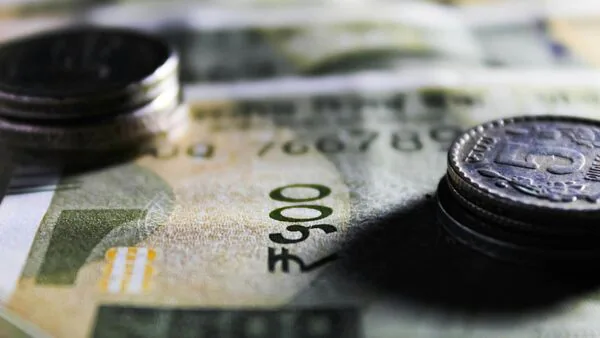7Th Vs 8Th Pay Commission: Key Salary, Allowance, Pension And Incentive Changes Explained
The new pay commission is being put in place ahead of the conclusion of the current 7th Pay Commission, which ends in December 2025.
Since 1947, the government has constituted seven pay commissions. The pay commission plays a key role in deciding salary structures, benefits and allowances for government employees. Most state-owned organisations follow the commission's recommendations.
Here are some of the key differences between the 7th and 8th Pay Commissions.
7th Pay Commission: Key highlightsThe 7th Pay Commission was formed in 2014, and its recommendations were implemented from January 1, 2016. It introduced several changes. They were:
- Minimum pay: The minimum basic pay of central government employees was increased from ₹7,000 to ₹18,000 per month. Fitment factor: It refers to the multiplier used to calculate the salaries of employees moving from an old pay structure to a new one. In the 7th Pay Commission, it was set at 2.57, meaning basic pay was multiplied by 2.57 to calculate new salaries.
- Allowances: The 7th Pay Commission introduced revisions to key allowances such as Dearness Allowance (DA), House Rent Allowance (HRA), and Transport Allowance (TA). These allocations were determined after taking into account the prevailing economic conditions and inflationary trends. Pension: Minimum pension increased from ₹3,500 to ₹9,000 per month. Pay structure: The 7th Pay Commission introduced a simplified 19-level pay matrix to enhance transparency in the pay structure. It was like a single chart that showed salaries for all central government employees.
Announced by the Union Electronics and IT Minister Ashwini Vaishnaw, the 8th Pay Commission will likely be formed by January 2026. Key expectations include:
- Salary increase: Under the 8th Pay Commission, proposals suggest a major hike in the minimum basic pay, potentially reaching ₹34,500 - ₹41,000 per month. Fitment factor: The fitment factor might also rise to 2.86, which will facilitate larger hikes across various levels of government positions.
Also Read | 8th Pay Commission: What does Terms of Reference mean, why does it matter
- Allowances: An overall review of allowances like DA, HRA, and TA is anticipated to reflect the current inflation rate and economic conditions of the country. Pension: The 8th Pay Commission may also improve the process of disbursing pensions. The centre will take essential steps to ensure timely disbursement and adjustments aligned with the new pay structures. Performance-based incentives: Discussions are underway to introduce productivity-linked incentives or additional pay to reward high-performance employees.
Over 49 lakh Central government employees and nearly 65 lakh pensioners will benefit from the implementation of the 8th Pay Commission.
Legal Disclaimer:
MENAFN provides the
information “as is” without warranty of any kind. We do not accept
any responsibility or liability for the accuracy, content, images,
videos, licenses, completeness, legality, or reliability of the information
contained in this article. If you have any complaints or copyright
issues related to this article, kindly contact the provider above.
Most popular stories
Market Research

- Forex Expo Dubai 2025 Returns October 67 With Exclusive Prize Draw Including Jetour X70 FL
- Primexbt Wins Global Forex Award For Best Multi-Asset Trading Platform
- House Of Doge And Bitstamp By Robinhood Announce Strategic Partnership For NYSE:ZONE Treasury
- Solstice Announces Strategic Collaboration With Chainlink And Leading Custody And Venture Firms To Enhance Ecosystem Ahead Of USX Stablecoin Launch
- Chipper Cash Powers 50% Of Bitcoin Transactions With Bitcoin Lightning Network Via Voltage
- Edgen And Sahara AI Announce Strategic Collaboration To Pioneer Decentralized Validation In Market Intelligence






















Comments
No comment